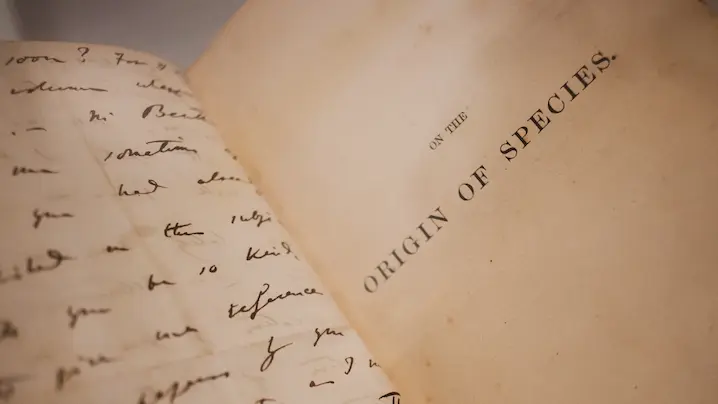How IELTS Reading is Scored
Learn how IELTS reading is scored, including the scoring of individual questions, as well as how raw scores are converted to band scores.
by Tim Martyn

How each question is scored
In the IELTS reading test, you’ll answer 40 questions. Your answers are either correct or incorrect, and each question is worth 1 mark. You won’t lose marks for incorrect answers.
For some question types, you need to choose one or more words and/or numbers from the reading passage. Here are some key points to remember when answering these questions:
- The instructions will tell you the maximum number of words/numbers from the passage that you can use in your answer (e.g. NO MORE THAN TWO WORDS AND/OR A NUMBER). If you write more words/numbers than you’re allowed, your answer will be marked wrong.
- You need to be very careful when you write/type your answers because an answer that contains a spelling or grammar mistake will be marked wrong. For example, if the correct answer is committee, and you write commitee, it’ll be marked wrong.
- Hyphenated words count as single words. For example, work-related expenses would be considered two words (i.e. work-related + expenses).
- Contracted words aren’t tested. This means that an answer to a question will never include words such as can’t, won’t or shouldn’t.
- As long as they fit within the word limit, numbers can be written using figures or words. For example, both 7 and seven would be acceptable.
Raw scores vs band scores
Your raw score out of 40 is converted to the IELTS nine-band scale. As with the other skills, reading scores are reported in whole and half bands (e.g. 6.0 or 6.5).
Here’s a table showing the average number of marks you need in order to achieve a given band score for reading.
| Raw score (out of 40) | Band score |
|---|---|
| 35 | 8 |
| 30 | 7 |
| 23 | 6 |
| 15 | 5 |
Keep in mind that these are averages. Different versions of the IELTS reading test are almost identical in terms of the level of difficulty, but there’s always a very small amount of variation across different versions of the test because the reading passages and questions in each version are different.
IELTS needs to take this variation into account when reporting band scores. For example, in one version of the test, you may need a raw score of 30 to achieve a band score of 7; in another version, you might need a raw score of 31.




